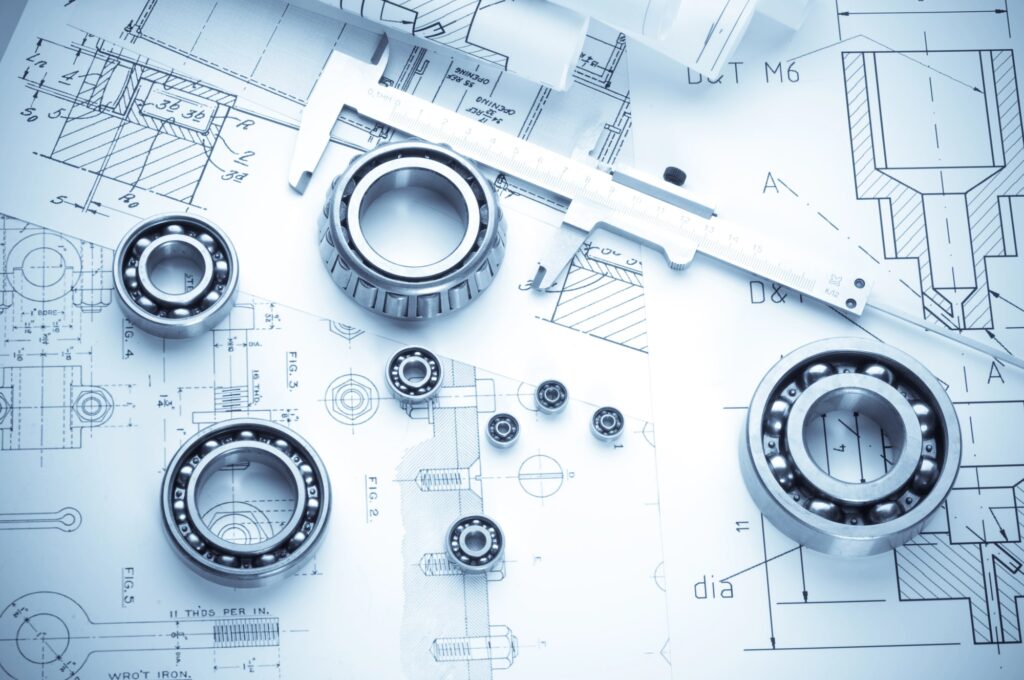**Unlocking the Value of Historic Real Estate: An Architectural Legacy Worth Millions**
Real estate stories like this remind us of the unexpected treasures that architecture and thoughtful land use can yield.
Imagine a home, built on inexpensive land decades ago, that has appreciated into a multi-million-dollar property—this is the fascinating tale of how visionaries of the past have left their mark on modern real estate.
This blog post explores how historical homes, once dismissed as modest investments or even risks, can grow to represent cultural heritage and immense financial value.
Let’s investigate the factors behind such appreciation, their significance to architecture and engineering, and what we can all learn for future projects.
The Role of Land Selection in Long-Term Value
One of the most intriguing aspects of this story is how “inexpensive land” became a goldmine. This transformation is a testament to the power of smart land selection and urban growth.
Several key drivers made this evolution possible—many of which are worth examining for modern real estate planning and architectural projects.
1. Strategic Location Choices
In many success stories like this, the original landowner inadvertently selected a location that either developed significantly over time or was undervalued due to market perceptions.
Areas close to developing infrastructure—think roads, schools, or public transit—often see exponential growth in desirability over decades.
Architects and engineers, take note: understanding urban growth patterns is critical to maximizing the value of your designs.
Book Your Dream Vacation Today
Flights | Hotels | Vacation Rentals | Rental Cars | Experiences
2. Patience as a Long-Term Investment
Not every real estate project will skyrocket to success overnight. This historic home serves as a reminder that property investments can benefit from foresight and patience.
Land, particularly when purchased cheaply, has the potential to gain value gradually as cities expand, demographics shift, and economic activity clusters around its location.
Historic Architecture Adds a Unique Value
Beyond just the land, the house itself carries intrinsic worth. Older homes often boast architectural styles and craftsmanship that modern homes lack.
These timeless features can attract buyers willing to pay a premium for something truly unique.
1. Exquisite Craftsmanship
Historic homes tend to be built with materials and techniques that meet or exceed today’s construction standards.
From intricate woodwork to custom stone facades, these structures often highlight meticulous attention to detail that’s nearly impossible to replicate in today’s fast-paced construction environment.
2. A Symbol of Timelessness
Architecture serves as a living reflection of the era and culture in which it was designed. These homes offer not just a place to live but a tangible connection to history.
Buyers today often want more than square footage—they want a home with a story. If you’re in the field of design or engineering, look to the past for inspiration in creating properties that offer both beauty and resilience.
Economic and Cultural Lessons for Today
There’s no denying it—this real estate story serves as an important case study for today’s professionals. But what practical takeaways can architects, engineers, and developers glean from this historic investment?
1. The Importance of Sustainable Development
Modern cities are in dire need of smart, sustainable land use. This includes repurposing existing properties rather than endlessly expanding into undeveloped areas.
Historic homes like the one featured in this story prove that older properties, if well-maintained, can hold their value alongside or even better than newer builds.
Sustainability isn’t just an environmental goal—it can also be a financially savvy decision.
2. Planning for Future Growth
Finally, this story illustrates the importance of anticipating urban and economic trends.
The market value of a property isn’t just about its present state—it’s about how it fits into the trajectory of a city or neighborhood.
Architects and engineers who marry excellent design with intelligent foresight will surely see the value of their work climb over time.
Final Thoughts: Building the Future While Preserving the Past
The journey of this historic home from “inexpensive” to “irreplaceable” highlights the intersection of architecture, engineering, and real estate.
The enduring value of good design paired with strategic land use cannot be overstated.
Whether designing contemporary skyscrapers or reinventing heritage properties, today’s professionals have much to learn from stories like these.
So, the next time you’re hesitating over a piece of land that seems to have little appeal, think about what history has taught us.
Sometimes, the most unassuming opportunities turn out to be game-changers.
As architects and engineers, let us continue to innovate while respecting the timeless lessons of architectural heritage and real estate foresight.
Here is the source article for this story: $50 for the Land, $25 for an Architect. Over a Century Later, This Home Is Asking Millions
Book Your Dream Vacation Today
Flights | Hotels | Vacation Rentals | Rental Cars | Experiences

